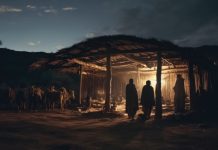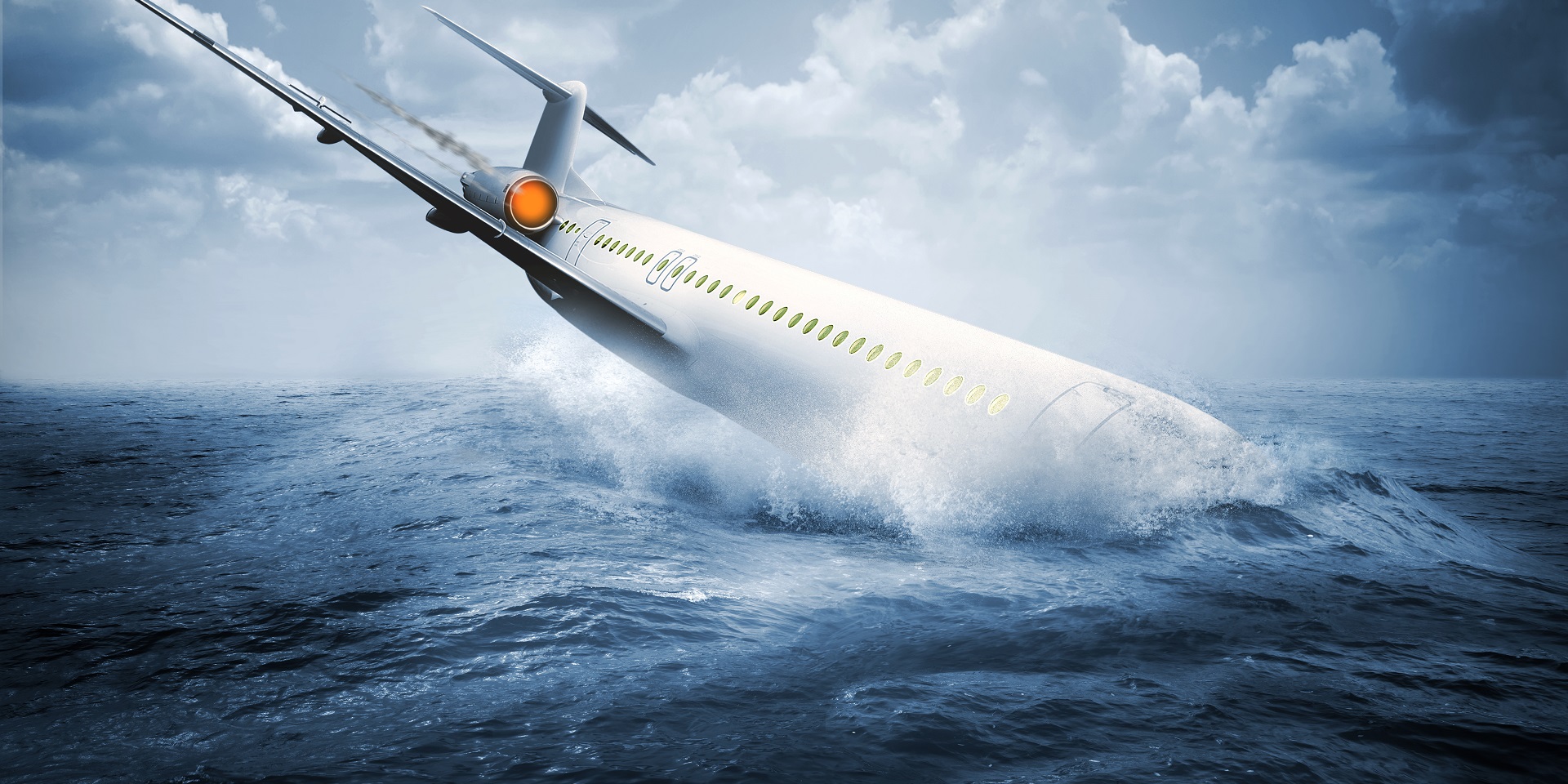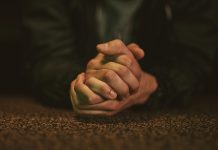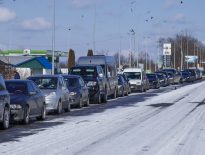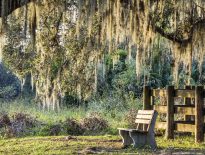Self-sacrifice—the ability of some people to put the lives of others above their own—is not at all easy to understand.
If, to some extent, an explanation can be found when the saved ones are relatives or friends, the sacrifice is much harder to understand when it is done for strangers.
It was a very cold day, January 13, 1982, and the passengers of an Air Florida flight were boarding the aircraft that was to take them from Washington D.C. to the warm coast of Florida. They were happy that the airport had reopened after a heavy snowstorm had led to the cancellation of all flights for several hours in the morning.
Some of the passengers had been visiting their relatives for the holidays and were now returning home, others were returning from business trips. One of the passengers was going to Florida to tell his parents that his girlfriend had agreed to be his wife. The haste with which preparations were being made for take-off showed that everyone wanted to leave the frozen capital as soon as possible. Unfortunately, not only were the passengers in a hurry to leave, but also the crew members.
The flight had already been delayed by about two hours, so preparations were made quickly. The cockpit recordings later revealed an incredible mistake that the pilots made during the pre-flight check, given the weather outside. The system that prevented the engines from freezing was not turned on by any of them.
Despite this error and other minor problems, the plane took off and, for 30 seconds, everything went normally. The plane then began to lose altitude, speeding towards the centre of the capital. Just three kilometres from the White House, the plane crashed into one of the bridges on the Potomac River, then crashed into the frozen water of the river.
Upon impact, 73 of the 79 people on board died, along with four motorcyclists who were on the bridge.
It is hard to believe that anyone could have survived the strong impact, but in a short time, six people managed to get out of the wreckage. Some found the strength to put on life jackets, others did not, but they all clung to the tail of the plane, which had not yet sunk.
Rescue operations began immediately, but unfortunately solutions and resources were lacking. Ambulances were stuck on the road due to snow, the water could not be entered due to the imminent danger of hypothermia, and lifeboats were struggling to advance through the ice blocks formed on the river.
Roger Olian watched the rescue operation helplessly from the bridge, along with an entire country, as it was broadcast live in its entirety. He tried to jump into the water to save the six, but gave up because of the ice forming on his body that would have killed him as well. Eventually, a helicopter arrived on the scene, flying with difficulty through the heavy snow and trying to get people out of the water with a cable.
The first to catch the cable was Bert Hamilton, who was taken safely by helicopter to shore, where paramedics began to stabilise him. The second to catch the cable was Arland Williams, who surprisingly gave it to the person next to him. After they were rescued, the helicopter returned with two cables, knowing that those who were left in the water could not last long.
And this time, with all the strength he had left over, Arland passed on the cables to Joe Stiley, one of his flight attendants, who took Priscilla Tirado with him. She was extremely frightened and kept screaming for her two-month-old baby, who she had lost in the icy waters, and, moreover, she could not see because of the gasoline that had entered her eyes.
Of the three people who clung to the cable, only Joe Stiley managed to hold on to it, with the other two women collapsing back into the icy water. Priscilla tried hard to cling to the helicopter cord, which had returned, but failed.
As she was about to drown, Lenny Skutnik, one of those watching the woman’s agonising effort from the side-lines, jumped into the water. He managed to grab her and bring her ashore. After Nikki, the other woman who had fallen was also recovered from the water, then the helicopter headed for Arland. But it was too late. The tail of the plane had sunk, and Arland, exhausted and caught in the fuselage, had gone down with it.
For 20 minutes, the helicopter flew over the area, trying to find him in the water, but the effort was in vain. The last man in the water had managed to save the lives of those around him, whom he had barely been able to see through the darkness that had fallen, but he had failed to save his own.
Journalists tried to find out more about Arland in order to explain why he did not allow the rescuers to save him when he had the chance. They found nothing in his past to explain his heroic behaviour in any way. Arland Williams had been a simple bank evaluator, 46 years old, returning from a business trip and who, according to his friends, had always been afraid of water.
It was a fear that did not stop him from passing the lifeline on. In Arland’s honour, the authorities decided to name the bridge over the Potomac River after him. His heroism was recognised years later, when a society was created in his honour and when the management of a school in his home town decided that the school should take his name.
Looking at Arland’s sacrifice, it may be easy to see ourselves in the same heroic position. The truth is, we don’t know whether, in a similar situation—scared, helpless, with death circling us—we would do what Arland did; if we were the first to catch the cable or pass it on to the person next to us. Nevertheless, we have enough opportunities every day to realise that we are capable of sacrificing ourselves for the good of others, even if we do not necessarily have to sacrifice our lives.
Andreea Irimia believes that life stories have the power to transform us. This is because the images born of the almost unreal experiences that some of us have undergone penetrate our souls and respond convincingly to some of our most persistent doubts.








